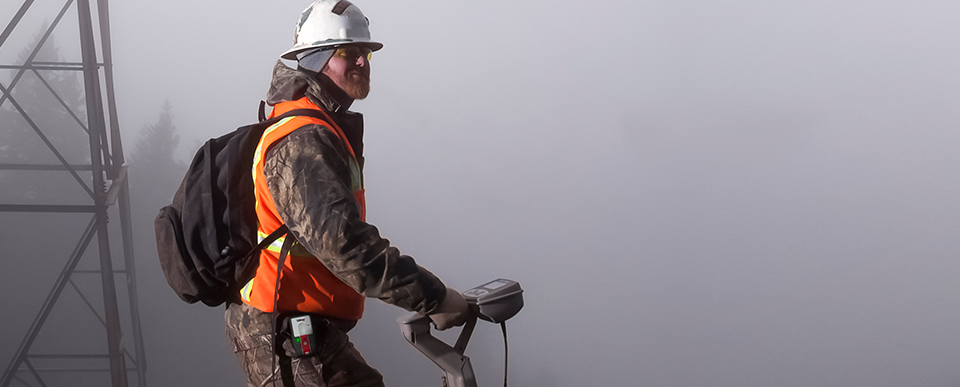Blackline Safety is a technology leader driving innovation in the industrial workforce through IoT (Internet of Things). With connected safety devices and predictive analytics, Blackline enables companies to drive towards zero safety incidents and improved operational performance. Blackline provides wearable devices, personal and area gas monitoring, cloud-connected software and data analytics to meet demanding safety challenges and enhance overall productivity for organizations with coverage in more than 100 countries. Armed with cellular and satellite connectivity, Blackline provides a lifeline to tens of thousands of people, having reported over 200 billion data-points and initiated over seven million emergency alerts. For more information, visit BlacklineSafety.com and connect with us on Facebook, Twitter, LinkedIn and Instagram.
4 [More] Tips to Reduce Slips, Trips, and Falls in the Workplace
Blackline Safety, Leader in Connected Gas Detection & Lone Worker Safety
March 06, 2013
 In 2012 we shared 6 Tips to Reduce Slips, Trips, and Falls in the Workplace. Keeping those tips at front-of-mind has hopefully helped you maintain a safer and injury-free workplace. With this objective in mind, here are five more tips to help reduce the risk of slips, trips, and falls (STFs).
In 2012 we shared 6 Tips to Reduce Slips, Trips, and Falls in the Workplace. Keeping those tips at front-of-mind has hopefully helped you maintain a safer and injury-free workplace. With this objective in mind, here are five more tips to help reduce the risk of slips, trips, and falls (STFs).
But first a quick refresher - why are STFs a big problem?
Across the World, slips, trips, and falls make up a large number of workplace injuries. For instance, in the United States alone, the National Safety Council registered a total of 26,100 fatalities as a result of STFs in 2010. In other countries such as the Canada, the UK, and Australia, slips trips, and falls are also an area of great concern.
1. Move resting cables and wires out of the way. All types of workplaces are susceptible to cable creep. As devices and machinery are moved around or added to the environment, it can be easy for stray cables to be left across walkways or in other high-traffic areas. Instead, move the cables and fasten them tightly against walls, or ceilings, or place special safety covers over outlying cables in order to reduce the risk of an STF.
2. Use slip-resistant flooring. Some types of flooring materials can provide better friction than others. If changing the flooring in your workplace is not an option, consider adding abrasive strips to areas where a risk of an STF is present.
3. Be vocal while moving. While it may seem silly to provide a running commentary of your movements, it can be an extremely powerful method of avoiding and injury or accident. When turning a corner or walking behind or around a fellow employee, be sure to alert them to your presence with verbal cues such as "coming around!" or "behind you." Likewise, alerting fellow employees to your presence can encourage them to make an effort to remove immediate hazards from the area.
4. Educate your employees in the area of hazard recognition and empower them to speak out. Twenty eyes are always better than one and your business can only benefit from having a team of employees empowered to notice and report potential areas of risk.
Get In Touch
Let’s start a discussion about your safety challenges and needs.
Related Blog Posts
Engage Your Workers and Drive Change: Technology Adoption Workbook
February 29, 2024
Looking for practical tools and easy-to-use templates on how to engage workers, drive change, and integrate connected technology into your safety...
Elevating your Lone Worker Safety Program: A Comprehensive Guide and Webinar Recording
February 06, 2024
Are you confident your organization is doing everything possible to ensure lone worker safety, security, and well-being? Whether you have employees...
Tackling "Big Brother" Monitoring Concerns
January 17, 2024
Five steps for safeguarding workers—and protecting their right to privacy As the concern for lone worker safety continues to rise — with nearly 70%...


